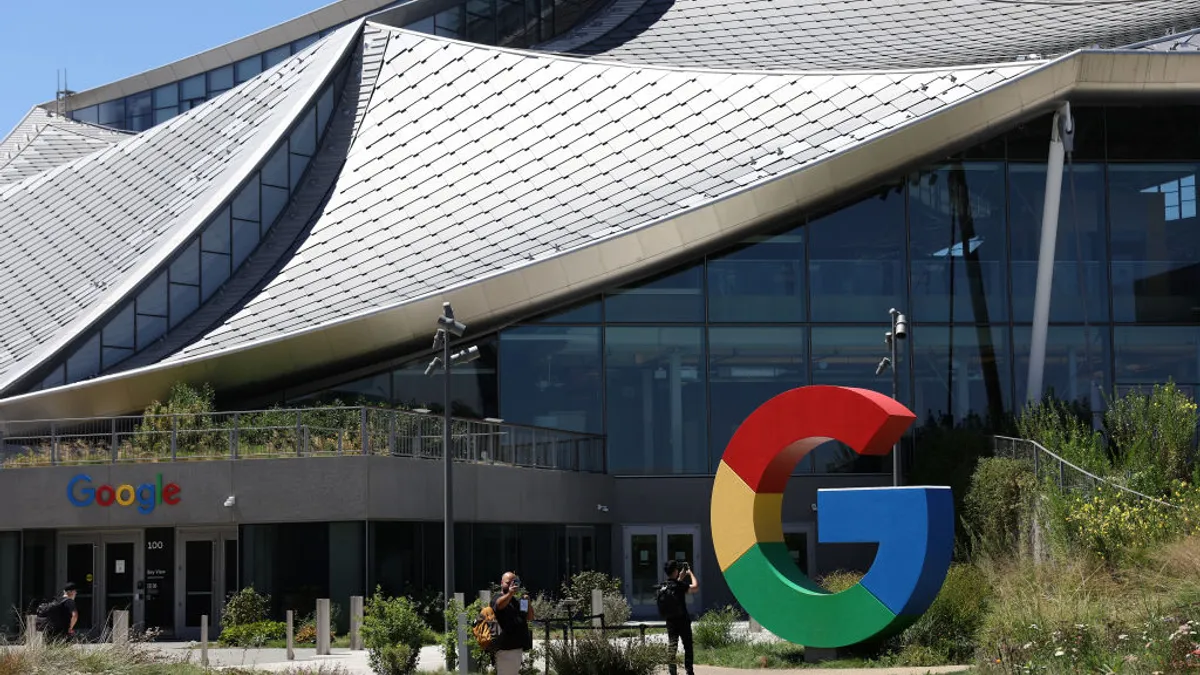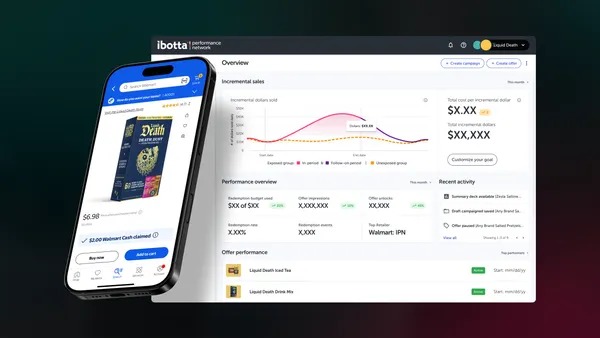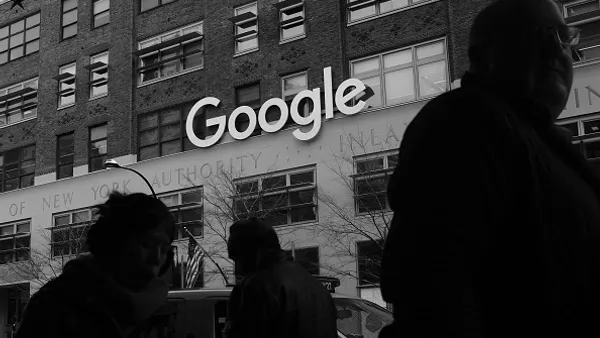Dive Brief:
- Following successful tests in Israel and the San Francisco Bay area initiated late last year, Google is looking to make bigger inroads into the ride-hailing space bringing the carpooling service in its Waze navigation app to additional cities in the U.S. and Latin America over the next few months, as reported by The Wall Street Journal.
- One major difference between the Waze carpooling feature and services like Uber is its goal is to encourage users to share rides with others as they commute back and forth to work rather than serving as a de facto taxi service.
- Waze drivers do not currently share part of their earnings with the platform but this could change if the strategy proves successful, with Waze CEO Noam Bardin telling the Journal an extra 15% fee could be added to the cost riders pay.
Dive Insight:
Waze is late to the ride-hailing space, which is currently dominated by Uber and Lyft, who helped made the idea of sharing a car with someone else more acceptable than a few years ago. The timing of the expansion suggests Google sees an opportunity to make inroads here, most likely based on its strengths in navigational and mapping technology.
It probably doesn't hurt Google's efforts, either, that Uber's image has taken a couple of hits this year, first when it continued to run its service amid protests against an executive order banning travel from seven majority-Muslim countries, which was perceived as strike breaking. More recently, claims of sexual harassment by a former engineer have brought a lot of unwanted attention to the working environment at Uber. A #DeleteUber hashtag campaign first appeared around the time of the first incident and started trending again following the second.
The move to take on Uber is interesting as Google and Uber have worked together in the past, but have become rivals especially in area of autonomous vehicle R&D with both companies dedicating resources and investment towards the self-driving car goal.
Google’s test of carpooling through its Waze app in San Francisco made it clear taking a ride via the service was cheaper than ordering an Uber or Lyft driver, but hopeful carpoolers wouldn’t necessarily be able to get a ride on demand.













